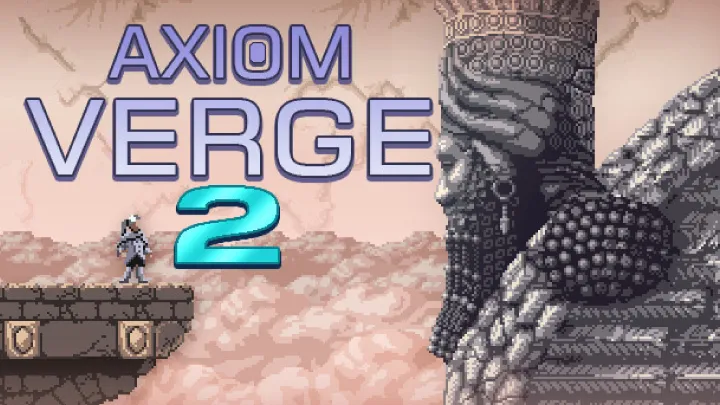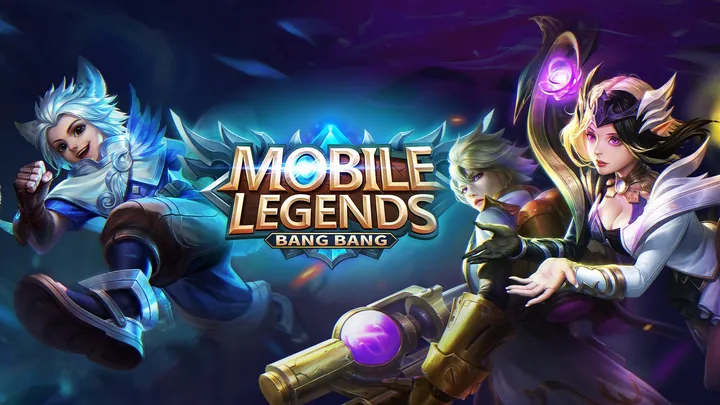
As the concluding chapter of the World of Assassination trilogy, Hitman 3 serves not only as the culmination of Agent 47's journey but also as a masterclass in player agency within video game design. Released in January 2021 by IO Interactive, the game invites players to navigate a series of intricately designed levels, each teeming with possibilities for stealth, strategy, and creativity. What sets Hitman 3 apart from its predecessors is its profound understanding of player freedom and the myriad ways to approach assassination. This article will delve into the various aspects of player agency in *Hitman 3*, examining how the game empowers players to craft their unique narratives while exploring the ethical implications of their choices.
The Foundation of Player Agency in Hitman 3
Defining Player Agency
Player agency refers to the capacity of players to make meaningful choices in a game that affect their experience and the outcome of the story. In Hitman 3, this concept is pivotal; players are not merely following a linear path to complete objectives but are given the freedom to explore, experiment, and execute their plans in a multitude of ways. This level of freedom is what makes Hitman 3 a standout title in the gaming landscape.
The Sandbox Environment
At its core, Hitman 3 offers a sandbox environment where players can approach missions from various angles. Each level is meticulously crafted with interactive elements, NPCs, and opportunities for creative problem-solving. This open-ended design encourages players to think outside the box and forge their paths, leading to a unique play experience in every run.
The Levels: A Closer Look at Design
The Complexity of Locations
Each location in Hitman 3 is a world unto itself, designed with layers of complexity that reward exploration and experimentation. From the bustling streets of Dubai to the serene countryside of Dartmoor, the environments are rich with narrative and gameplay possibilities. Players can engage with the world, utilizing disguises, tools, and the environment to achieve their objectives.
Interactive Elements and Opportunities
The game excels in providing players with numerous interactive elements within each level. For instance, in the Dubai mission, players can use the building’s construction features, manipulate security systems, or even create distractions that lead to their target's demise. These opportunities are not just surface-level mechanics; they encourage players to observe, plan, and execute their strategies based on the unique characteristics of each environment.
The Role of Disguises and Tools
Disguises: The Art of Deception
One of the hallmark features of the Hitman series is the disguise mechanic, and Hitman 3 elevates this concept to new heights. Players can don various disguises to blend in with NPCs, allowing them to access restricted areas or manipulate situations to their advantage. This system emphasizes the importance of observation and understanding the behaviors of different character types within the game.
Tools of the Trade
In addition to disguises, Agent 47 has access to a wide array of tools that can be employed creatively in each mission. From lethal weapons to non-lethal gadgets, players can choose how to approach their targets. The game’s inventory system allows for strategic planning, as players can select which tools to bring into a mission based on their intended approach—whether stealthy, aggressive, or somewhere in between.
Ethical Implications of Choices
The Morality of Assassination
As players navigate the world of Hitman 3, they are confronted with the ethical implications of their actions. The game does not shy away from depicting the consequences of assassination, prompting players to consider the weight of their choices. Each kill can be executed in various ways, but the methods chosen can evoke different emotional responses and reflections on morality.
Emotional Engagement
The emotional engagement of players is heightened by the narrative context of each target. Many of the targets in Hitman 3 possess backstories that humanize them, which can lead to internal conflicts for players as they contemplate the justifications for their assassinations. This level of engagement adds depth to the gameplay experience, transforming what might otherwise be a simple kill into a more complex moral decision.
The Freedom to Fail
Embracing Failure
In Hitman 3, failure is not seen as a setback but rather as a learning opportunity. The game encourages players to experiment with different strategies, even if they lead to failure. This embrace of failure enhances player agency by allowing for trial and error, where each attempt can provide valuable insights into the mechanics and nuances of each level.
The Learning Curve
The learning curve in Hitman 3 is designed to be forgiving, allowing players to refine their tactics through repeated attempts. This iterative process fosters a sense of mastery, as players become more familiar with the intricacies of each location and the behaviors of NPCs. The freedom to fail and learn from mistakes creates a rewarding experience that encourages exploration and creativity.
Narrative and Player Agency
Branching Narratives
While Hitman 3 features a linear overarching narrative, the player’s choices significantly impact how they experience the story. The game offers branching narratives through various mission outcomes, encouraging players to approach each level with different strategies. This branching design adds layers to the storytelling, allowing players to uncover different facets of the plot based on their actions.
Character Development
The narrative is enriched by the character development of Agent 47 and the supporting cast. As players progress, they witness the evolution of relationships and motivations, which further deepens the emotional connection to the story. The choices made throughout the game can lead to different revelations and outcomes, reinforcing the importance of player agency in shaping the narrative.
The Community Impact: Sharing Experiences
The Emergence of a Community
The player agency in Hitman 3 has fostered a vibrant community of players who share their experiences and strategies. Online platforms, forums, and social media have become hubs for discussing creative kills, unique approaches to missions, and the ethical dilemmas faced during gameplay. This community engagement enhances the overall experience, as players learn from one another and celebrate their successes.
Creating Content
Players have taken to creating content, including videos, guides, and walkthroughs, showcasing their unique approaches to assassination. This wealth of shared knowledge contributes to a deeper understanding of the game’s mechanics and encourages continued exploration of the various possibilities within Hitman 3. The creativity displayed by the community further highlights the game’s emphasis on player agency.
Continuous Evolution of Player Agency
Expanding Horizons
IO Interactive has shown a commitment to expanding player agency through regular updates and content additions. The introduction of new levels, challenges, and contracts keeps the gameplay fresh and encourages players to revisit previous locations with new strategies. This ongoing evolution ensures that the player agency remains at the forefront of the game’s design.
Future Possibilities
As the Hitman series continues to evolve, the potential for further enhancing player agency remains high. Future titles may introduce new mechanics, deeper narrative choices, or additional layers of complexity that empower players to craft their unique assassination experiences. The foundation laid by Hitman 3 sets the stage for exciting possibilities in the franchise’s future.
Conclusion: The Mastery of Player Agency in Hitman 3
Hitman 3 exemplifies the pinnacle of player agency in game design, offering a richly detailed world where players are empowered to make meaningful choices. Through its intricate levels, diverse approaches to assassination, and ethical considerations, the game invites players to engage with its narrative on a personal level. The freedom to explore, experiment, and even fail creates a rewarding experience that resonates with players long after they put down the controller.
As Agent 47 navigates the challenges of his world, players are encouraged to reflect on their actions and the implications of their choices. The art of assassination is not merely about completing objectives; it is about experiencing the depth of decision-making and the emotional weight that accompanies each kill. Hitman 3 leaves a lasting impact, proving that player agency is not just a feature of gameplay but a fundamental aspect of the storytelling experience.


















